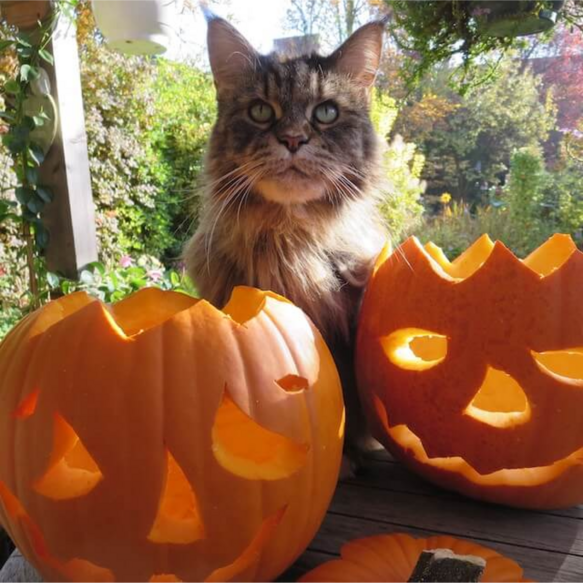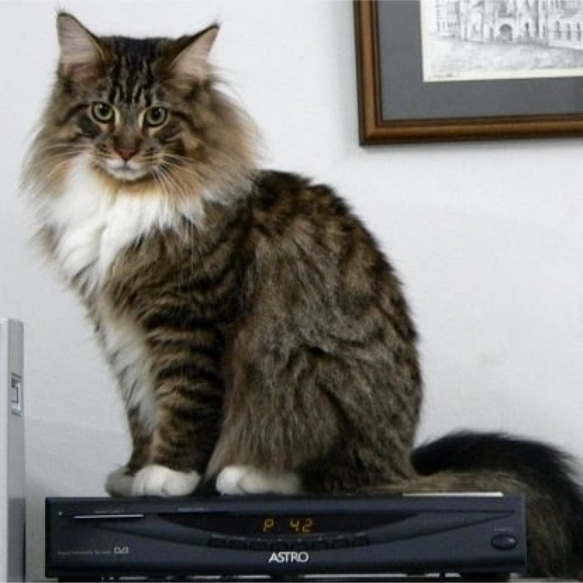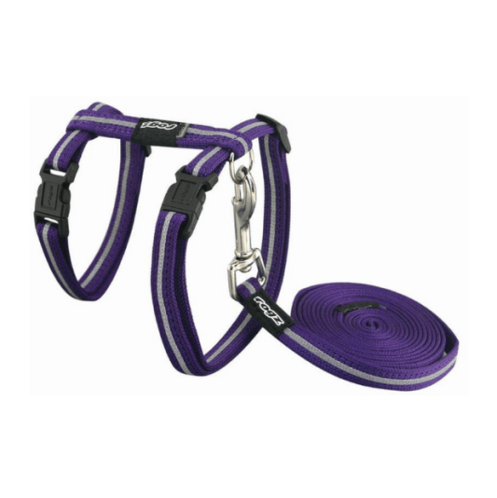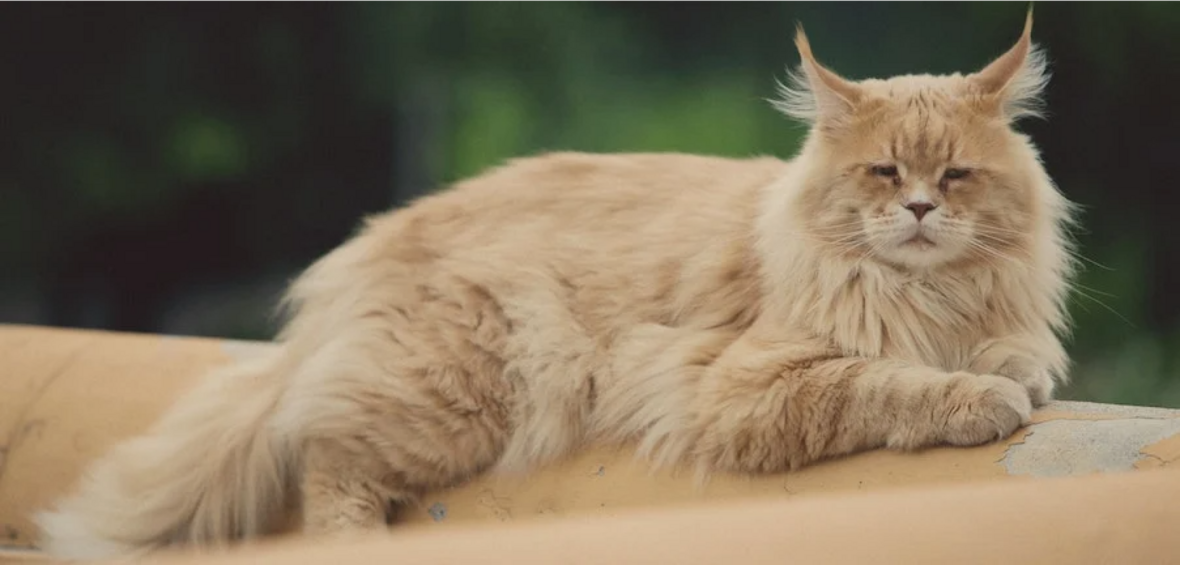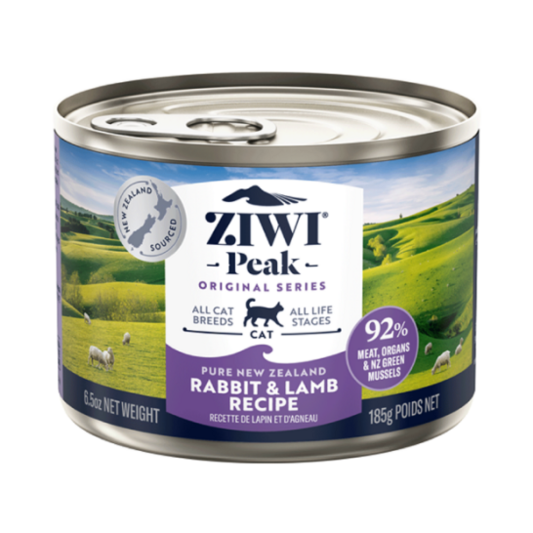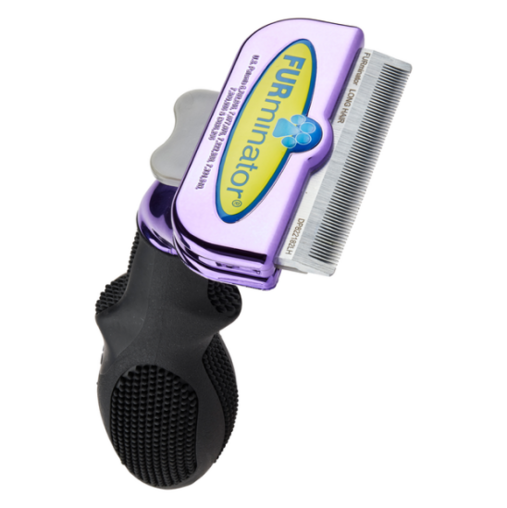Hypertrophic cardiomyopathy
Hypertrophic cardiomyopathy (HCM) is a condition where the muscular walls of the heart thicken excessively, reducing its ability to pump blood effectively resulting in heart failure. Although the underlying cause of HCM is not always clear, genetics do appear to be a factor in some cases.
Signs of heart failure may not be apparent in the early stages of the disease, however as the condition progresses and the heart function deteriorates signs of heart failure such as rapid breathing or loss of appetite or other complications may develop. In most cases HCM is first detected at routine health checks when the veterinarian is able to hear an additional heart sound (murmur) or abnormal rhythm. An ultrasound of the heart is then used to confirm the diagnosis and gauge the severity. While there is no cure for HCM the symptoms and progression may be managed with medication.
Hip dysplasia
Hip dysplasia is a condition most commonly associated with dogs but it can also occur in cats, and Maine Coons appear to be a predisposed breed. When hip dysplasia occurs, the conformation of the hip joint is abnormal. A healthy hip joint operates as a smooth 'ball and socket' type joint, whereas hips affected by dysplasia typically have a flattening of the 'socket' component of the joint, resulting in a shallow joint where the 'ball' or head of the femur is not held securely. This leads to instability of the joint which may cause pain in the young cat and ultimately causes development of osteoarthritis.
Signs of osteoarthritis in cats can be quite subtle, often cats with arthritis will just appear to sleep more, have reduced activity levels and groom themselves less. They may be reluctant to jump up on to high surfaces (such as benches or tables) and can also become aggressive when touched or picked up. If your cat shows signs of arthritis it's important to seek veterinary attention as the symptoms can be managed with a combination of medication like cat arthritis or joint supplements, nutrition, environmental changes and other therapies such as physiotherapy or acupuncture.
